Comprehensive Analysis of the Airbus A320 Aircraft
The Airbus A320 is recognized as a benchmark in contemporary aviation, representing a narrow-body, twin-engine jet airliner renowned for its efficiency, technological innovation, and passenger comfort. Since the initial delivery in 1988, the A320 has garnered favor among airline operators, with in excess of 9,000 units operating globally as of 2021. This aircraft not only exemplifies technological excellence but also signifies Airbus's dedication to the progression of commercial aviation.
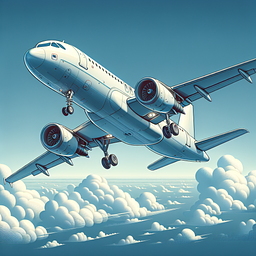
Launched as an innovative successor to the superseded Boeing 727, the A320 was the inaugural commercial airliner to incorporate a digital fly-by-wire flight control system, thus improving its handling and safety parameters. Its expanded cabin set a new standard, providing passengers with a level of comfort previously unattainable. The A320 family, encompassing the A318, A319, A320, and A321, serves a spectrum of market segments with varying capacities and range potentials. The A320neo, introduced in 2010, is the pinnacle of the series, delivering enhanced fuel economy.
Leading global airlines, such as American Airlines, Delta Air Lines, and Lufthansa, have adopted the A320 for its adaptability and economic efficiency. It has become an indispensable asset for both short-range and medium-range routes, and its contribution to the proliferation of low-cost carriers has been transformative.
This examination will delve into the Airbus A320's illustrious history, its salient features, and its significant impact on the field of aviation, while concurrently clarifying prevalent misconceptions and deliberating the challenges it has encountered.
The Evolution of the Airbus A320
The Airbus A320's inception dates back to the late 1970s, born out of a vision to create an aircraft that would redefine the standards of efficiency and comfort. Under the leadership of Chief Engineer Bernard Ziegler, Airbus embarked on a quest to integrate cutting-edge technologies like fly-by-wire and to craft a cabin that would feel more spacious and inviting.
The Birth of a New Era
The A320's development journey culminated in its first flight on February 22, 1987, a momentous event that marked the dawn of the fly-by-wire era. The aircraft's entry into service with Air France the following year signaled a seismic shift in commercial aviation, with its innovative features quickly winning over airlines and passengers alike.

Since then, the A320 has evolved through numerous upgrades and variants, with the A320neo leading the charge in modern efficiency. Its status as the second best-selling jet airliner family, only trailing the Boeing 737, speaks volumes about its enduring appeal and reliability.
What Sets the Airbus A320 Apart?
The Airbus A320 is distinguished by a host of features that elevate it above its peers. Its innovative design, advanced technology, and commitment to passenger comfort make it a standout in the aviation market.
A Revolutionary Design
The A320's fly-by-wire system, a first for commercial aircraft, replaces manual controls with an electronic interface, enhancing safety and efficiency. Its single-aisle layout streamlines boarding and deplaning processes, making it an asset for airlines looking to optimize gate operations.
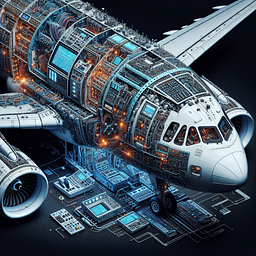
Technological Prowess
A glass cockpit, featuring state-of-the-art electronic displays, provides pilots with an intuitive interface for monitoring the aircraft's systems. The A320's use of composite materials in its primary structure reduces weight and resists corrosion, contributing to its exceptional fuel economy. Innovations like sharklet wingtips further reduce drag and enhance performance.
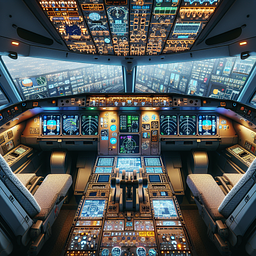
The Airbus A320's design and technological advancements have solidified its status as a preferred choice for airlines globally, ensuring its continued success in the competitive aviation market.
The Airbus A320's Impact on Aviation
The Airbus A320 has left an indelible mark on the aviation industry, shaping airline strategies and expanding access to air travel.
A Catalyst for Change
With its fuel efficiency and reduced emissions, the A320 has driven airlines toward more sustainable practices. Its design has also facilitated the rise of low-cost carriers, democratizing air travel by making it more affordable and accessible.
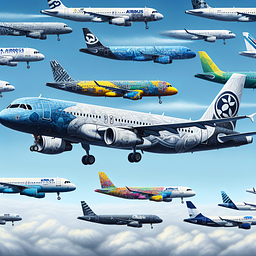
A Global Phenomenon
The A320's versatility in operating across diverse environments, coupled with its reliability, has endeared it to airlines worldwide. Its global presence is a testament to its adaptability and the high esteem in which it is held by the aviation community.
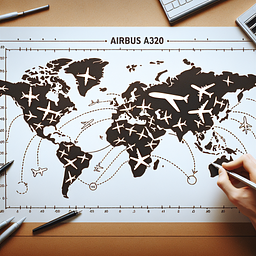
The A320's legacy as a transformative force in aviation is secure, with its widespread adoption and customer satisfaction speaking volumes about its significance.
Dispelling Myths About the Airbus A320
Despite its stellar reputation, misconceptions about the Airbus A320 persist. It's time to set the record straight and shed light on the realities of this iconic aircraft.
Clarifying the Fly-by-Wire System
The belief that the A320's fly-by-wire system removes pilot control is unfounded. While the system does utilize electronic inputs, pilots retain ultimate command of the aircraft.
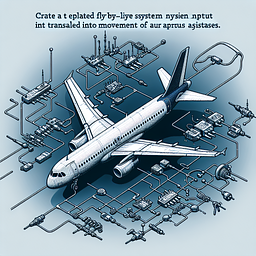
Addressing Safety Concerns
Contrary to the notion that the A320 is unsafe, its safety record is exemplary. Incidents involving the A320 are rare and usually attributable to factors outside the aircraft's design.

Range Capabilities
The misconception that the A320 lacks range is dispelled by variants like the A321LR and A321XLR, which are capable of transatlantic flights and other long-haul routes.
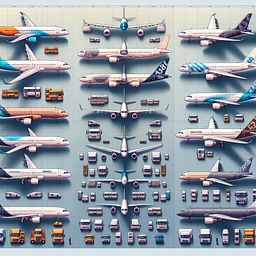
Combatting Noise Concerns
While some may perceive the A320 as noisy, advancements in noise reduction technology have made it one of the quietest cabins in the sky.
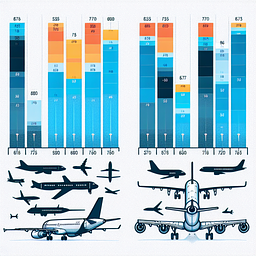
By debunking these myths, we can appreciate the Airbus A320 for its true capabilities and the value it brings to the aviation industry.
Challenges and Controversies Faced by the Airbus A320
Despite its success, the Airbus A320's journey has not been without obstacles, from technical issues to fierce competition.
Navigating Difficulties
The A320 has weathered incidents, such as the tragic Germanwings Flight 9525 crash, which sparked debates on pilot mental health. Other accidents have prompted scrutiny and improvements to the aircraft's safety features.

Rivalry in the Skies
The competition between the A320 and Boeing's 737 series is intense, with both manufacturers vying for supremacy in the narrow-body market. This rivalry has occasionally led to international disputes over alleged subsidies, creating trade tensions.
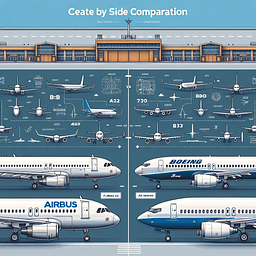
Despite these hurdles, the A320 continues to thrive, with Airbus's commitment to innovation ensuring its place at the forefront of commercial aviation.
Exploring the Airbus A320 Family
The Airbus A320 family encompasses a range of variants designed to meet diverse operational needs, and its global operator base underscores its universal appeal.
A Diverse Family
From the A320ceo to the A321XLR, each member of the A320 family brings something unique to the table, whether it's the efficiency of the neo variants or the extended range of the LR and XLR models.
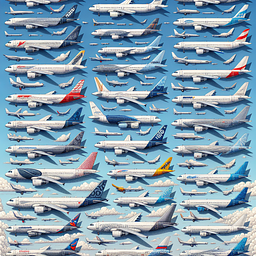
Noteworthy Operators
Major airlines across the globe, from Lufthansa to IndiGo, have built their fleets around the A320, a testament to its reliability and performance.
- Lufthansa: A key launch customer with one of the largest A320 fleets.
- American Airlines: The world's largest airline with a significant A320 family presence.
- China Eastern Airlines: A major Chinese carrier with a robust A320 fleet.
- IndiGo: A leading low-cost carrier and a major A320neo operator.
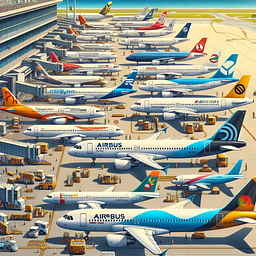
The A320's widespread use by these and other airlines highlights its success and the trust placed in it by the aviation industry.
Fascinating Aspects of the Airbus A320
The Airbus A320 is not just a workhorse of the skies; it's a vessel of fascinating stories and achievements. Here are some intriguing tidbits about this celebrated aircraft:
- The A320's fuel efficiency is legendary, thanks in part to its innovative Sharklets.
- Its fly-by-wire system was a pioneering step in aviation technology.
- The A320's operational versatility allows it to serve in various environments, from high altitudes to long over-water routes.
- With over 9,000 orders, the A320 family's popularity is unrivaled.
- The "Miracle on the Hudson" incident showcased the A320's robustness and the skill of its pilots.
- Passenger comfort is a priority, with a wider cabin and advanced noise reduction technologies.
- A global production network supports the A320's demand and contributes to economies worldwide.
- The A320 family's shared design facilitates cost savings in maintenance and training.
- An A320 completed the longest non-stop flight for the model, from Kuala Lumpur to the Gold Coast.
- The A320 has made its mark in popular culture, often representing the quintessential modern airliner.
The Airbus A320's story is one of innovation, resilience, and triumph. As it continues to soar, it remains a symbol of the boundless potential of commercial aviation.